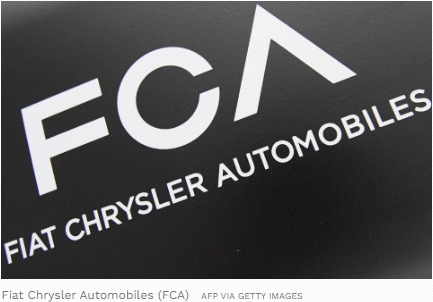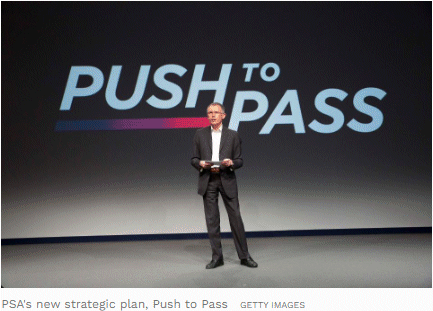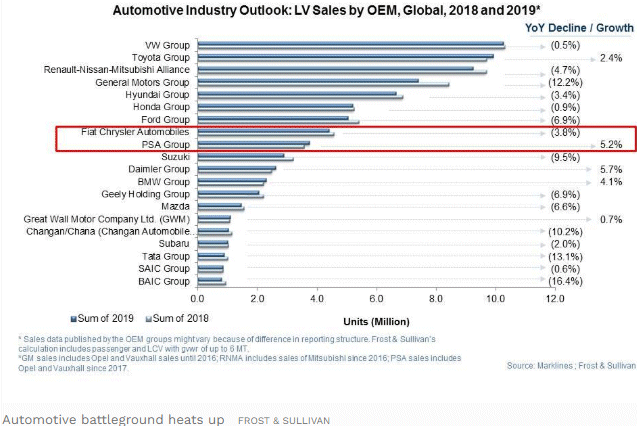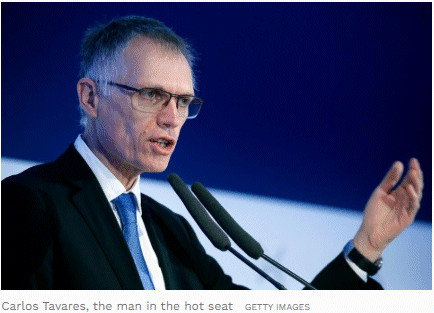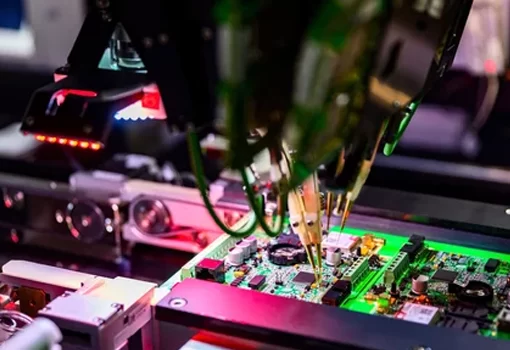As news broke late last year of the intended merger of Groupe PSA and Fiat Chrysler Automobiles (FCA) N.V., I could almost hear the collective groans emanating from the boardrooms of the auto industry’s big three – VW, Toyota and Renault-Nissan-Mitsubishi. The union of these two automotive giants is set to create the world’s fourth largest automaker by volume and third largest by revenue. More than the ramped up competition, what this union highlights for me is that automakers are willing to tear up the rule books simply because they realize that the only constant and, indeed, the key to survival will be reinvention.
While PSA and FCA might not have decided on a new name (suggestions, anyone?), there’s been no uncertainty about the intent – pushing the agenda on connected, autonomous, shared and electric (CASE) technologies, reducing redundancies, rationalizing portfolios, expanding geographically, and improving profitability. Enough to put the person in charge – in this case PSA’s CEO Carlos Tavares whose been handed the steering wheel for the next five years – permanently on statins.
A Reversal With Renault Opens The Doors For PSA
For industry insiders, the union didn’t really come as a surprise. FCA’s late CEO Sergio Marchionne was a strong votary of consolidation, consistently touting the virtues of being able to share resources, avoid duplication, and achieve global economies of scale. So FCA joining hands with another auto manufacturer was always on the cards. A brief flirtation with Renault came to naught due to unclear political conditions in France. With this opportunity lost, FCA was going forward with its five year plan focusing mainly on the electrification of its brands, to which it has been a late entrant.
Meanwhile, to improve its performance and make it relevant for a CASE era, PSA devised a five year plan—the catchily named ‘Push to Pass’ covering the 2016-2021 period—that focused on the electrification of its brands. I have to say that in my 20+ years of experience with the industry, this was one of the most well developed and ambitious strategic plans, and hats off to the PSA team for successfully implementing it. An organizational structure and business operations rejig later, PSA is now ready to navigate the tricky road ahead with a mega merger only 28 months after buying Opel from GM.
Despite far-reaching internal changes both companies, I am sure, were aware of their limitations, particularly financial, of being able to withstand the unending waves of technological transformation. In many ways then, what FCA CEO Mike Manley called ‘smart industry consolidation’ was an imperative.
A Merger Of Equals
PSA and FCA both have storied histories spanning over a century, family ties (inextricably linked to the fabled Agnellis and Peugeots), and legacies (who can forget the Maserati and the Peugeot 206)? These very factors were, in some ways, responsible for their gradually being overtaken by more agile, professionally run and forward-looking rivals.
Both companies focused for far too long on the crowded European auto market, compounding the error by concentrating on the low margin, small car segment. Their presence in North America was non-existent until Fiat, pummelled by the 2008 financial crisis and its bankruptcy in 2009, joined up with Chrysler. Add to this another cardinal mistake; unlike other global auto companies, neither was quick off the mark in targeting the massive Chinese market (or India as a matter of fact).
Despite its ambitious plans for CASE, PSA realized it needed more cash and a solid partner to be able to carry through its plans and compete effectively with other automakers. A late entrant into the electrification game, FCA lacked the technical strength to compete with its peers.
Voila! A match made in automotive heaven. When merged, FCA and PSA will have combined revenues of over $180 billion and an operating profit margin of 6.5% (which is very impressive for the automotive industry). They are expected to achieve savings of about $ 4 billion annually, with most of these cost synergies being realized by the shift of almost two thirds of mainstream model production onto PSA’s two platforms.
These numbers, which stack up well in comparison to the top three automakers (ergo the groans in the boardrooms!), hold the promise of survival and longevity for the merged entity.
Opportunities And Implications
When automotive heavyweights like this link up, everyone braces for some mega action and an industry shakeout. There’s plenty happening already. I believe the PSA-FCA combine would be looking at a joint annual R&D potential of more than $7 billion per year, which is a fair amount of spare change to funnel into CASE development. We’ll be ringside at the emergence of the world’s largest van maker and third largest SUV manufacturer. And we can look forward to FCA leveraging PSA’s platform in the D and E segment to give its Chrysler and Dodge brands a full-fledged update.
Currently, neither PSA nor FCA has a dedicated electric platform for full size vehicles. However, both companies could jointly develop a dedicated electric vehicle platform, using a skateboard approach that could support the bigger models in the Chrysler, Jeep, Alfa Romeo, and Peugeot line ups. Consolidating electric vehicle production for different body styles on one or two platforms will enable the new company to expedite the production of electric vehicles.
One of the highlights of PSA’s Push to Pass strategy was its impressive multi-brand and multi-channel after sales strategy. The company has, in less than 5 years, built an impressive portfolio of online and offline businesses, some through acquisitions and the rest through organic growth. PSA saw an impressive 42% growth in its after sales business during 2015 – 2018 to about €15.54 billion and is expecting further 100% growth by 2021-2022. Now combine that with FCA’s MOPAR business and leverage the channels that PSA has built up and you’re looking at mouth-watering growth opportunities for both brands. Indeed, a case of synergies galore.
Complementary Regional Strengths
Although PSA and FCA have several overlapping vehicle segments, their regional strengths vary. About two thirds of FCA’s revenue comes from North America, whereas PSA is stronger in Europe. This works well for both companies.
In Europe, I foresee FCA using PSA’s small car platform and its European network to revamp its small car brands. The FCA-PSA combine would have a strong position in SUVs and LCVs.
I’m fairly certain that PSA will use FCA’s dealer network for its entry into North America and utilize the latter’s big vehicle platforms like Jeep and RAM for its own brands.
China remains a challenge as sales of both companies have flagged with no clear strategy in place for revival. FCA which lacks a strong portfolio in the A, B and C segment vehicles could potentially leverage Peugeot’s small vehicle platforms to get a foothold in the Asia Pacific market.
Don’t Underestimate The Power Of A Strong Leader
As an auto industry buff, I will be hoping for a reprise of the Opel-Vauxhall miracle where Carlos Tavares took over the loss making company, which had haemorrhaged almost $ 20 billion over two decades, turning it into a profitable enterprise in a snappy year and a half.
Tavares has often spoken of his desire to lead a major American automaker. This merger presents him with just such an opportunity: FCA is a major player in North America mostly because of its pickup trucks.
It will be interesting to see how Tavares makes over these two venerable automakers and ensures that the newly merged company is in lockstep with a new era of CASE and mobility as a service. Of course there are some reservations about likely plant shutdowns and job cuts. Tavares has been a pragmatist, focused on profitability, efficiency and cost-savings. He catalyzed PSA’s spectacular resurgence from the brink of collapse. With the future of over 13 vehicle brands, several plants and R&D centers dispersed across the world and hundreds of thousands of employees at stake, Tavares has his work cut out.
The Franco-Italian rivalry has spilled over into many fields. And while I still hope to see the nail-biting Azzuri-Les Bleus clashes on the football field, I’m equally (if not more) excited about seeing this new Franco-Italian powerhouse team taking the battle to their rivals in the automotive arena.
Article was originally published on Forbes.com
